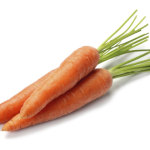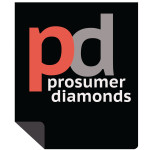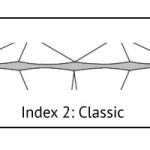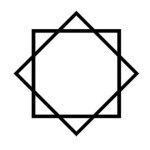When it comes to diamonds, size matters. It's not only because the size of the diamond is what people see first, but also because a larger diamond allows more light to enter the diamond through its table and crown facets just like how larger windows lets more light into a room. A larger diamond is therefore going to be a brighter diamond. A larger diamond will also … [Read more...]
Diamond Cut
Gemstone cutters have always known that the faceting on a diamond is what gives it 'life'. Even before there were grading certificates, traders would factor cut quality into the price of diamonds. It's now universally accepted that cut is the most important factor out of the 4Cs of diamonds so you better pay attention. This tutorial is designed to get you familiarized with … [Read more...]
Girdle and Culet
The girdle and the culet are not as important to light performance as the other facets, but an understanding how these facets work is essential in diamond selection. The Girdle In my how to pick a diamond tutorial, I recommended a thin-to-medium girdle. To understand why I prefer this range, you first need to understand the purpose of the girdle. The reason a diamond has a … [Read more...]
Upper Girdle
The upper girdle facets surround the edges of the diamond. I mentioned in the last tutorial that the star length affects the upper girdle angles, but this is only half the story. This tutorial will introduce to you the effects of upper girdle indexing, commonly referred to as painting and digging. Before I begin, I want to credit Good Old Gold. All the images in this … [Read more...]
Star Facet
In the previous tutorial on the lower girdle, I showed you how the length of the star facets help us make an educated guess about the length of the lower girdle. However, the star facets can also help us make an educated guess about size the table facet as well. For a diamond with 50% stars and 60% table, the table edge will line up with the edge of the star facet forming a … [Read more...]




